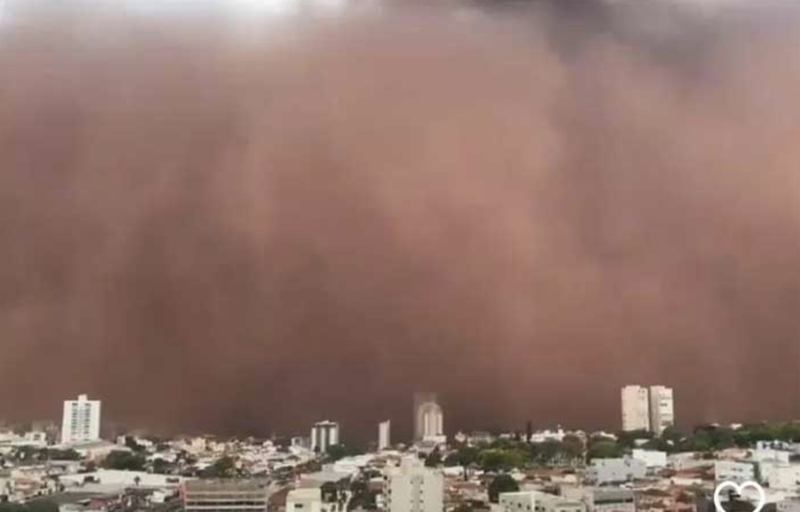Figure 1. Sand and dust storm hits the interior of the state of São Paulo (Source: https://exame.com/brasil/tempestades-de-areia-avancam-em-cinco-estados-e-sao-alerta-sobre-o-clima/ ).
Between September 8th and October 16, 2021, at least, 5 very large dust storms hit several Brazilian states including Paraná, São Paulo, Mato Grosso do Sul, Minas Gerais and Goiás.
This type of storm occurs when moderate to strong winds blow over hot (>39°C, 102°F), dry areas devoid of vegetation, raising dust and sand which are carried by the winds for many miles. They usually occur at the end of the dry season and the beginning of the rainy season. These storms are common in arid parts of the planet and are known as “Haboob”. In the case of Brazil, these events are occuring when a cold front advances towards the sugarcane plantation regions, which have been experiencing a severe drought and above-average temperatures. These cold fronts have instability lines in their vanguard, are associated with cumulunimbus clouds and generate strong winds in excess of 100 km/h (62 mph), known as gust fronts that are capable of raising large amounts of dust several kilometers high.

In Brazil this has been considered an unusual phenomenon, therefore, the large number of events in a short period of time is surprising. However, the fact is that all of these events took place on the great plains, most of them in sugar cane-producing areas, for which vast areas of native vegetation had been decimated for the development of this crop. Today, these regions, which are known as the “green desert”, suffer from water shortages, excessive heat and low air humidity.
The most serious case occurred in the city of Santo Antonio do Aracanguá/SP on October 1st, when one of the storms hit a group of workers at a sugarcane mill who were fighting a fire. The fire got out of control and three people died in addition to 80 animals.
There is no project to revitalize the old forests that existed where sugar cane predominates today, so it is to be expected that this type of phenomenon may become increasingly common in the coming years.
Atlanta, October 16, 2021
By M.Romão, L. Ferreira and L.B.M.Pires

